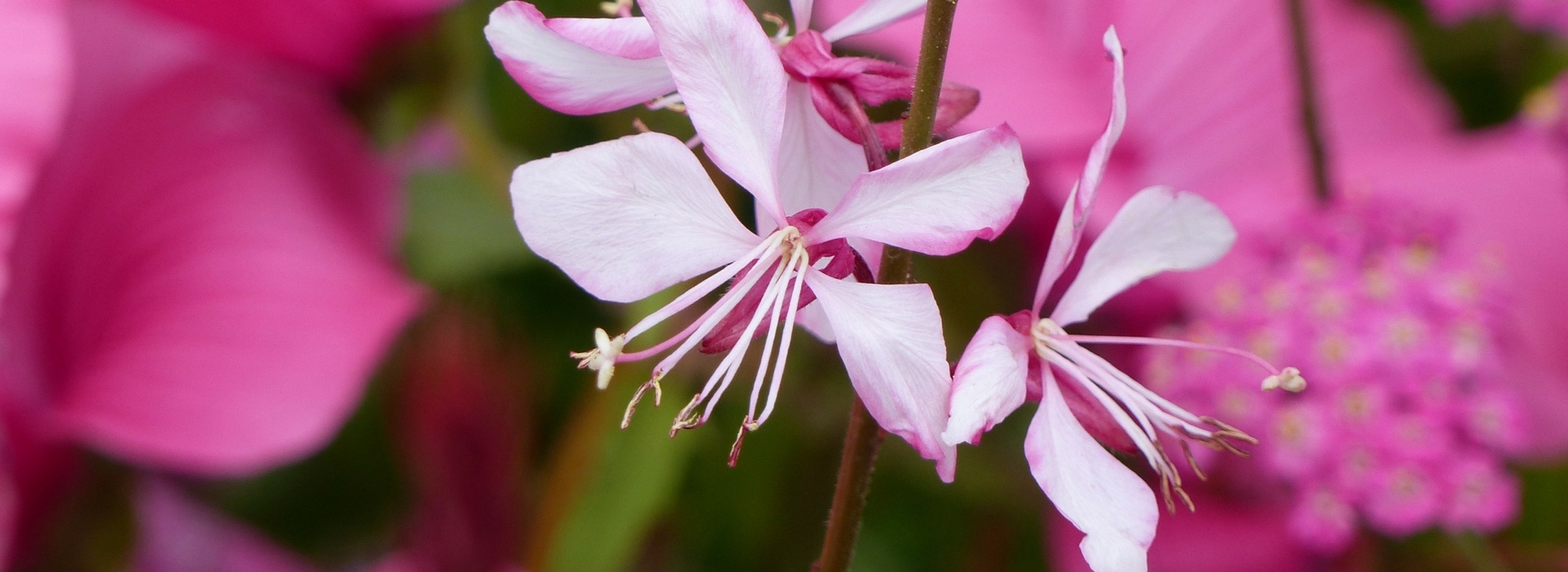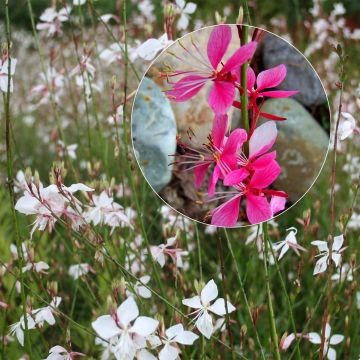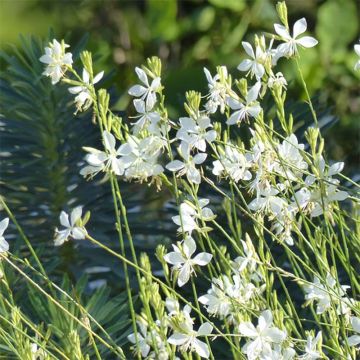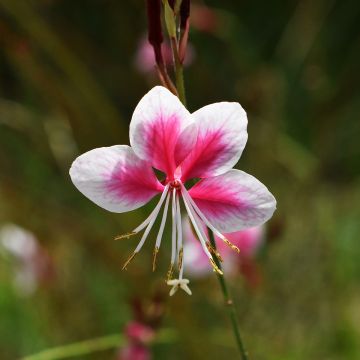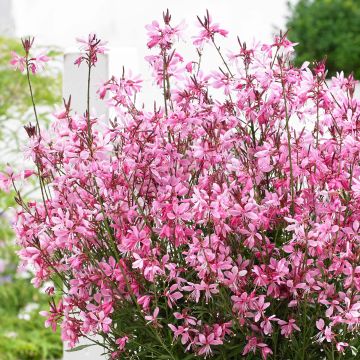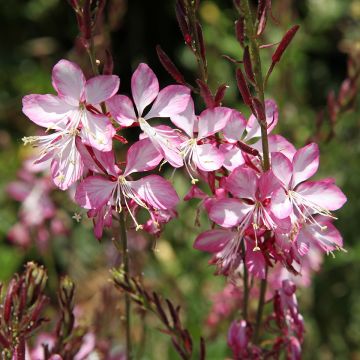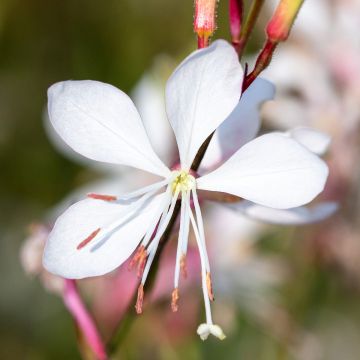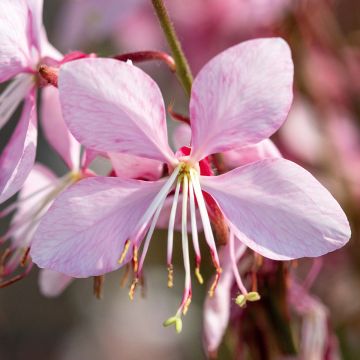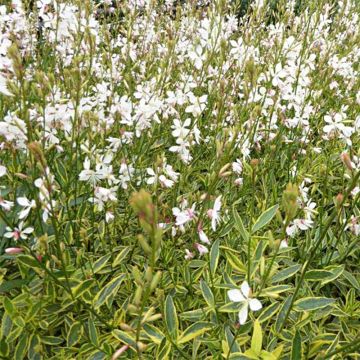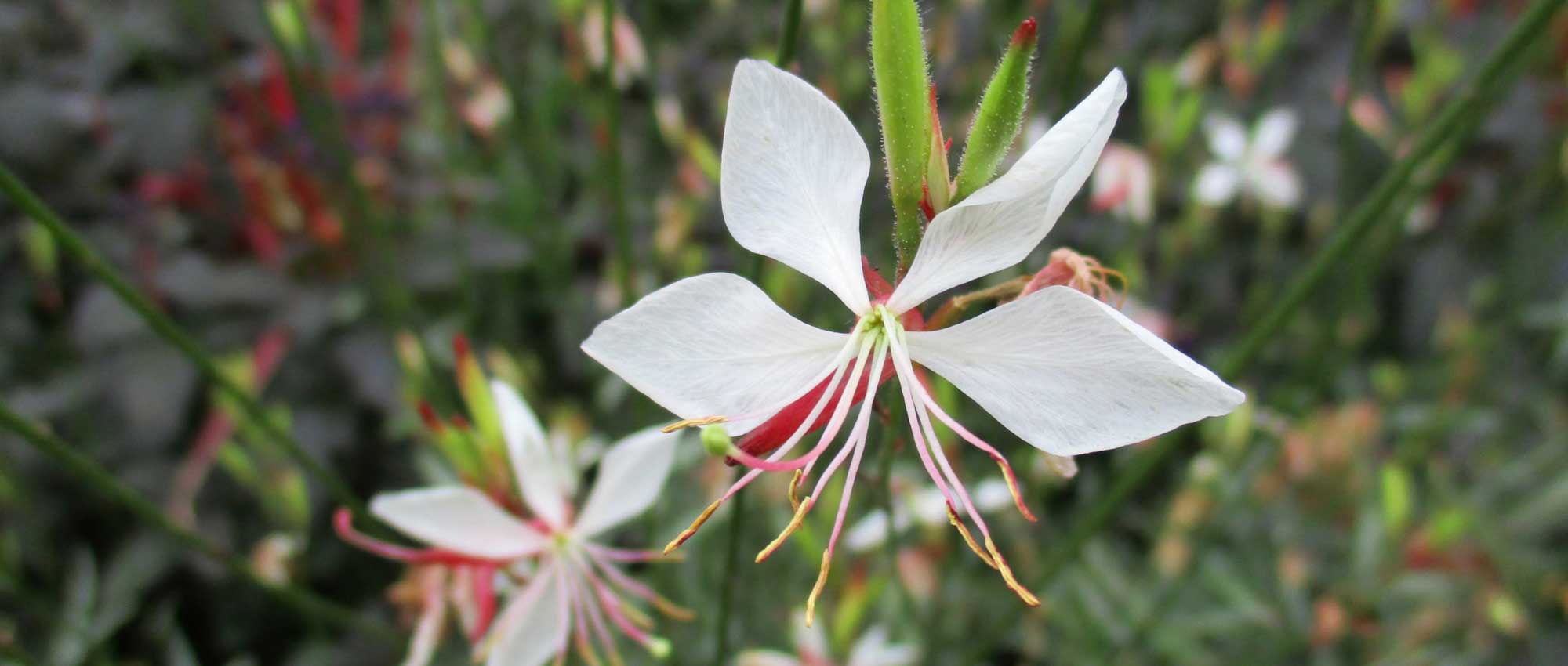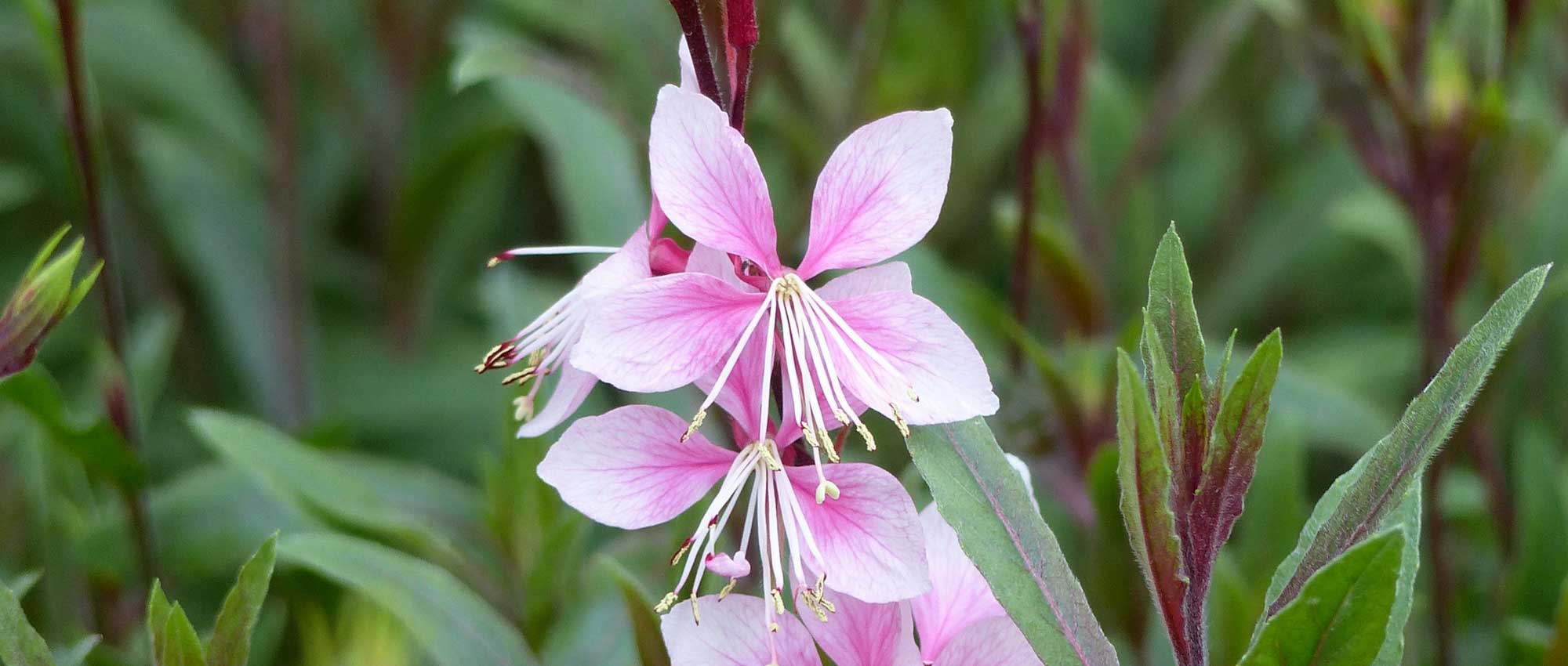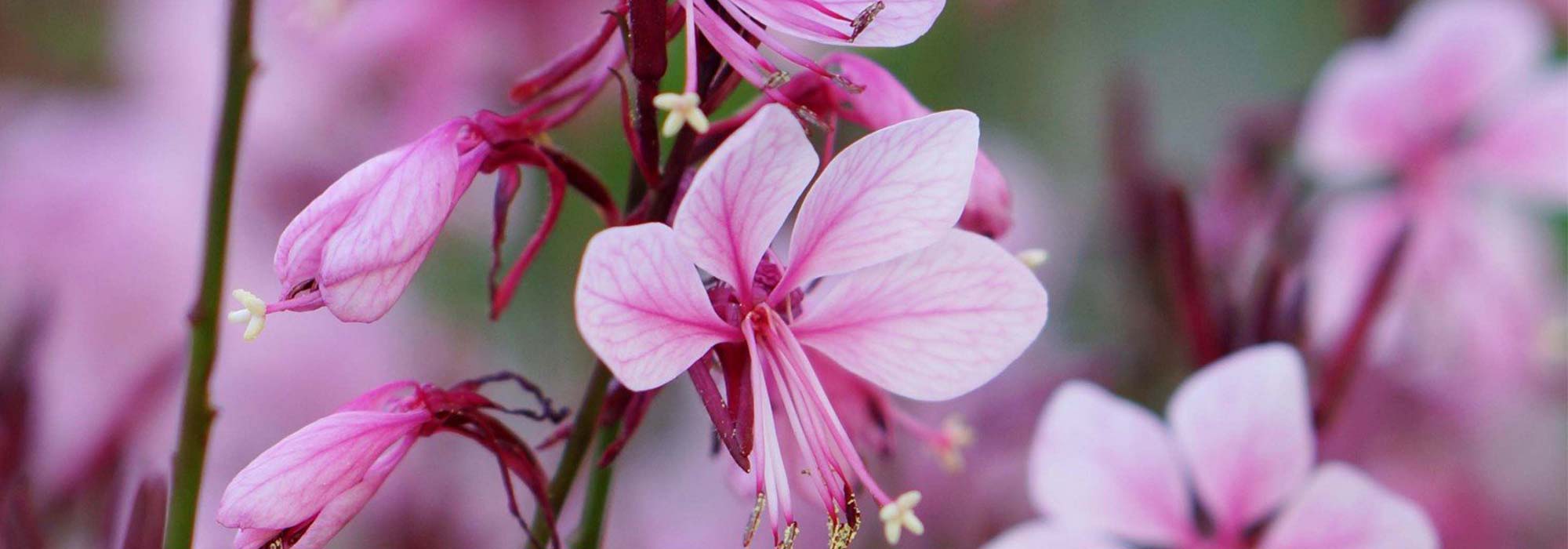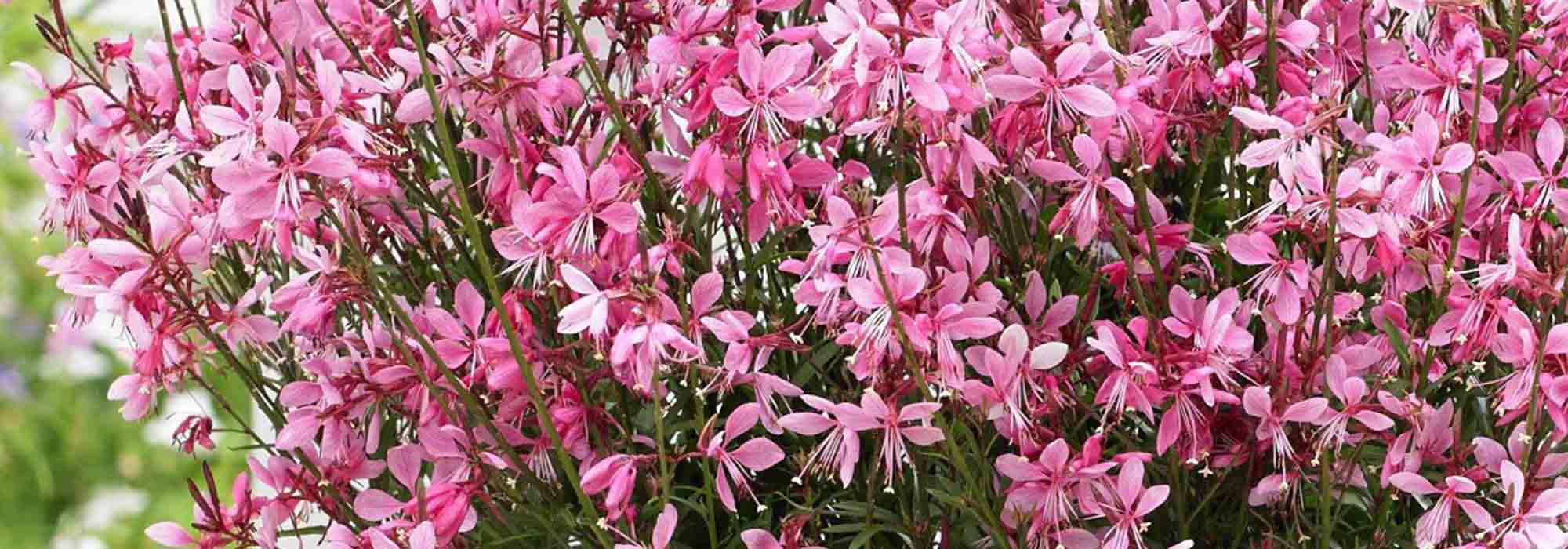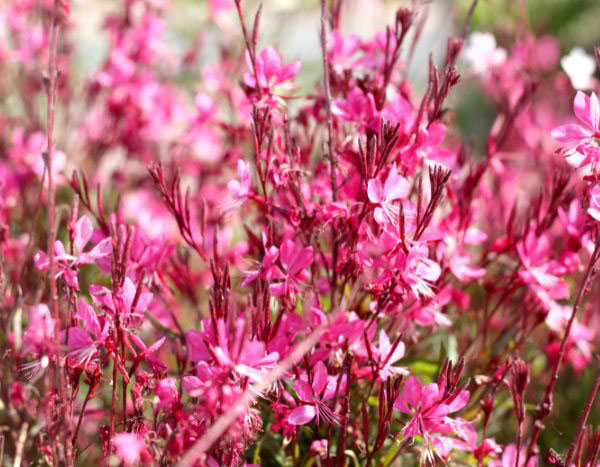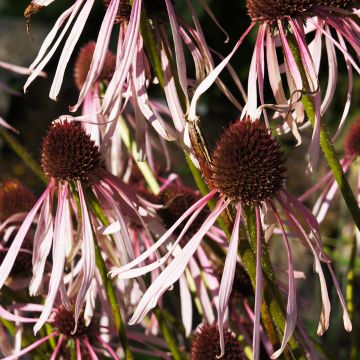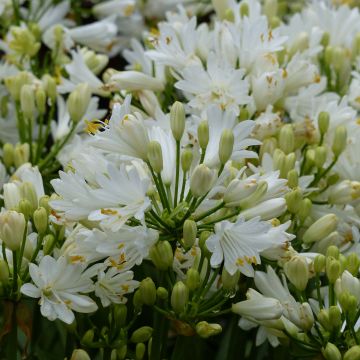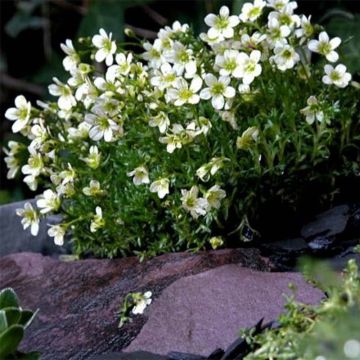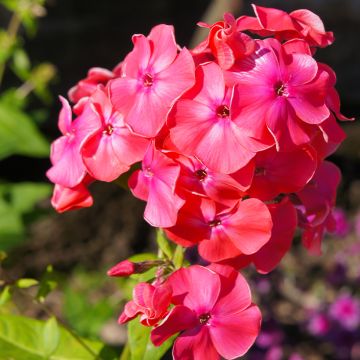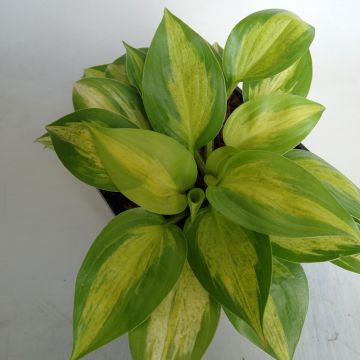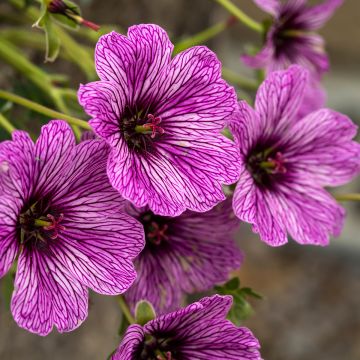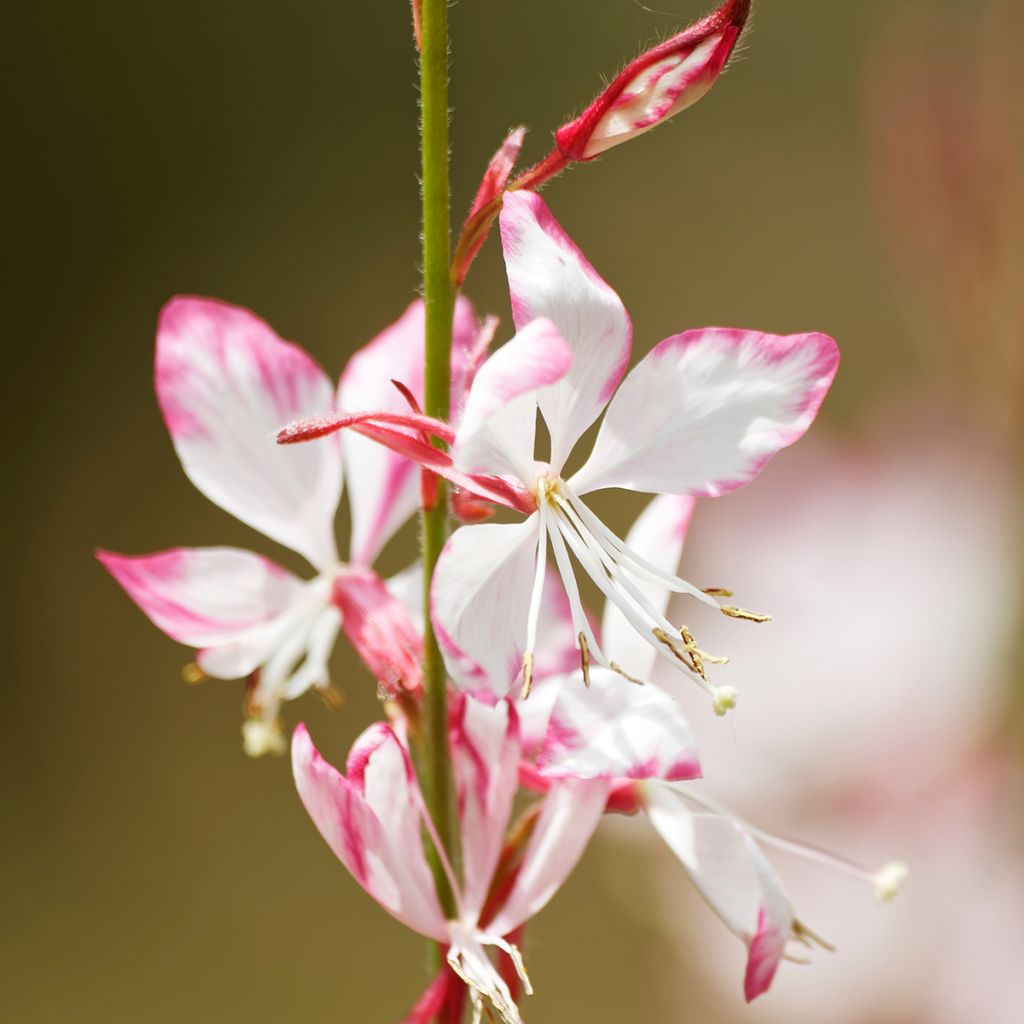

Gaura lindheimeri Freefolk Rosy
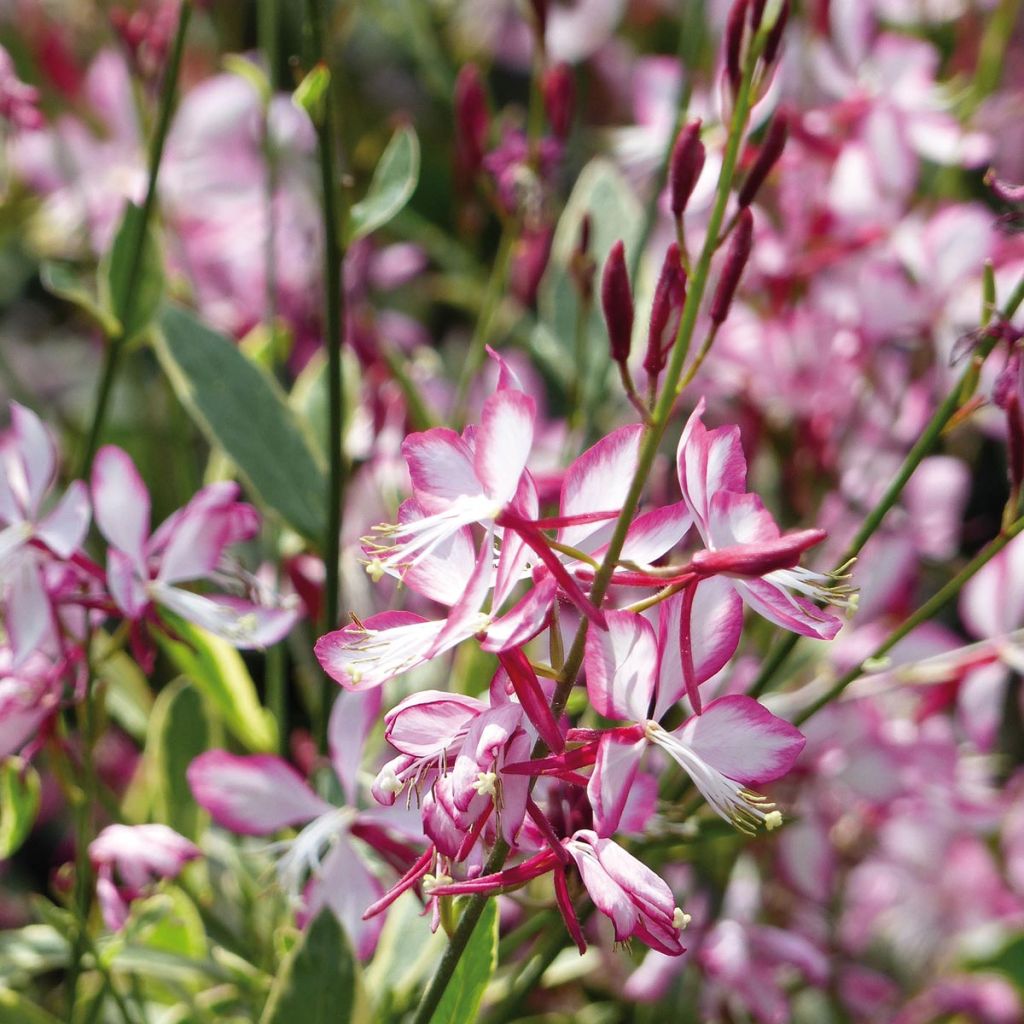

Gaura lindheimeri Freefolk Rosy
Gaura lindheimeri Freefolk Rosy
Gaura lindheimeri Freefolk Rosy
Beeblossom
Very beautiful gaura with its decorative foliage. It withstands drought just as well as the others. Makes a stunning display all summer long.
laurence, 21/07/2025
Special offer!
Receive a €20 voucher for any order over €90 (excluding delivery costs, credit notes, and plastic-free options)!
1- Add your favorite plants to your cart.
2- Once you have reached €90, confirm your order (you can even choose the delivery date!).
3- As soon as your order is shipped, you will receive an email containing your voucher code, valid for 3 months (90 days).
Your voucher is unique and can only be used once, for any order with a minimum value of €20, excluding delivery costs.
Can be combined with other current offers, non-divisible and non-refundable.
Home or relay delivery (depending on size and destination)
Schedule delivery date,
and select date in basket
This plant carries a 12 months recovery warranty
More information
We guarantee the quality of our plants for a full growing cycle, and will replace at our expense any plant that fails to recover under normal climatic and planting conditions.
Would this plant suit my garden?
Set up your Plantfit profile →
Description
This Gaura lindheimeri Freefolk Rosy, also known as Lindheimer's Gaura, forms a vigorous clump, extremely floriferous, covered from June to September with abundant white flowers delicately edged and speckled with pale pink. Its deciduous foliage is composed of small hairy leaves, all variegated with cream, green and violet. Its rapid growth and compact habit allow it to be grown in a pot on the terrace. This plant, although short-lived, is both elegant and proud, indispensable in a flower garden. Ideal in dry to moist, even poor soil, in full sun.
Gaura lindheimeri Freefolk Rosy belongs to the Onagraceae family and is a relative of evening primroses. The natural range of Gaura lindheimeri from which it originates is located on the border between Mexico and the United States (Prairies and pine forests of Louisiana and Texas, Houston). It is one of the most floriferous plants. 'Freefolk Rosy' has a fairly compact clumping habit. It is a perennial with a taproot, forming a bushy clump, slightly spreading, 75 cm (30in) tall with a spread of 50 cm (20in). The flowering stems, branched, very numerous and thin, give the plant its bushy appearance. Flowering occurs in successive waves, from mid-spring to autumn. The butterfly-like flowers are grouped in panicles 30 to 75 cm (12 to 30in) long, white, with a border and speckles of pale pink, deep pink on the undersides of the petals. The foliage is beautiful. The pale green lamina of each leaf is variegated on the edge with cream, with small violet areas. These small leaves are hairy on both sides. The root system is a taproot that allows the plant to anchor itself in poor, even rocky soils.
Gauras have quickly become the stars of urban flower beds and gardens. This success can be explained by their incredible floriferousness and the speed at which they develop. These plants, which seem unaffected by the wind, quickly become indispensable to anyone who has tried them for a season. Wherever they are planted they bring lightness and grace, just like the grasses with which they form beautiful combinations. Gaura lindheimeri 'Freefolk Rosy' has its place in the background of herbaceous borders or beds. It pairs well with roses, grows among shrubs like abelias and deutzias, or accompanies frugal perennials like daylilies, catmints, Scabiosa Moon Dance, Asclepias Ice Ballet, and Oenothera versicolor. Gauras also thrive in large containers.
The species name comes from the Greek 'gauros' which means magnificent or proud, alluding to its amazing flowers which resemble butterflies attached to its stems.
Gaura lindheimeri Freefolk Rosy in pictures
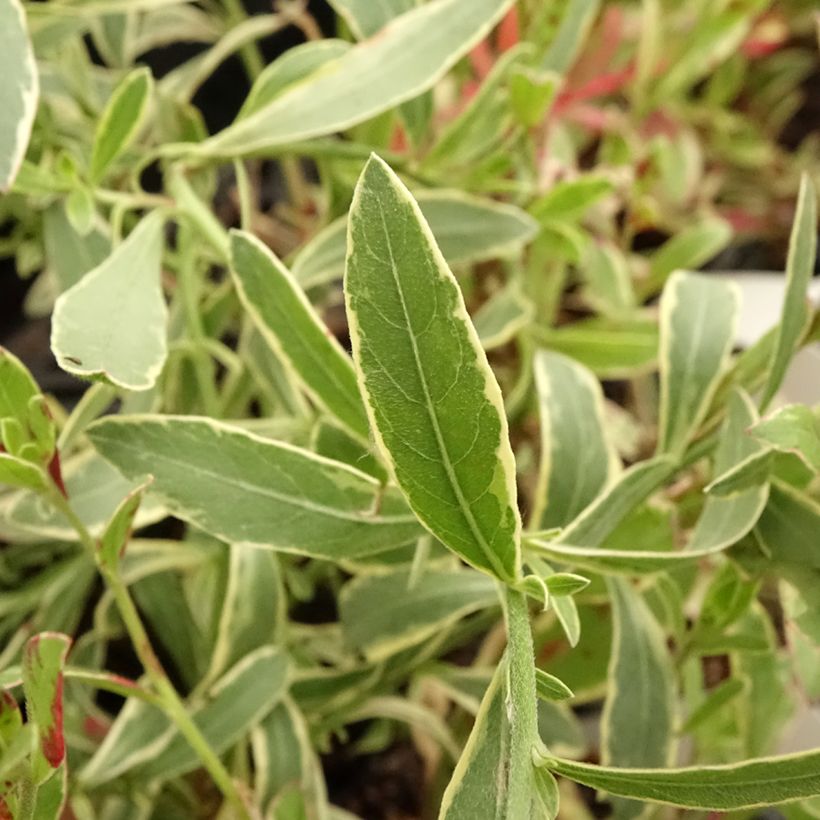

Flowering
Foliage
Plant habit
Botanical data
Gaura
lindheimeri
Freefolk Rosy
Onagraceae
Beeblossom
Cultivar or hybrid
Other Gaura - Bee Blossom
View all →Planting and care
Gaura lindheimeri Freefolk Rosy is not picky about the nature of the soil as long as it is very well-drained; it will adapt to poor and dry soil. The only enemy of this plant is stagnant moisture, even more so than the cold. Incorporate draining materials such as gravel and river sand into the garden soil. These conditions will allow it to live for several years. Pruning is essential after each wave of flowering to facilitate the emergence of new shoots that will in turn bloom. With this method, multiple flowerings can be obtained from June until All Saints' Day without interruption (do not prune all the clumps in the garden at the same time). Pruning at the start of new growth (March-April) will give the plant a harmonious shape.
Planting period
Intended location
Care
Planting & care advice
-
, onOrder confirmed
Reply from on Promesse de fleurs
Similar products
Haven't found what you were looking for?
Hardiness is the lowest winter temperature a plant can endure without suffering serious damage or even dying. However, hardiness is affected by location (a sheltered area, such as a patio), protection (winter cover) and soil type (hardiness is improved by well-drained soil).

Photo Sharing Terms & Conditions
In order to encourage gardeners to interact and share their experiences, Promesse de fleurs offers various media enabling content to be uploaded onto its Site - in particular via the ‘Photo sharing’ module.
The User agrees to refrain from:
- Posting any content that is illegal, prejudicial, insulting, racist, inciteful to hatred, revisionist, contrary to public decency, that infringes on privacy or on the privacy rights of third parties, in particular the publicity rights of persons and goods, intellectual property rights, or the right to privacy.
- Submitting content on behalf of a third party;
- Impersonate the identity of a third party and/or publish any personal information about a third party;
In general, the User undertakes to refrain from any unethical behaviour.
All Content (in particular text, comments, files, images, photos, videos, creative works, etc.), which may be subject to property or intellectual property rights, image or other private rights, shall remain the property of the User, subject to the limited rights granted by the terms of the licence granted by Promesse de fleurs as stated below. Users are at liberty to publish or not to publish such Content on the Site, notably via the ‘Photo Sharing’ facility, and accept that this Content shall be made public and freely accessible, notably on the Internet.
Users further acknowledge, undertake to have ,and guarantee that they hold all necessary rights and permissions to publish such material on the Site, in particular with regard to the legislation in force pertaining to any privacy, property, intellectual property, image, or contractual rights, or rights of any other nature. By publishing such Content on the Site, Users acknowledge accepting full liability as publishers of the Content within the meaning of the law, and grant Promesse de fleurs, free of charge, an inclusive, worldwide licence for the said Content for the entire duration of its publication, including all reproduction, representation, up/downloading, displaying, performing, transmission, and storage rights.
Users also grant permission for their name to be linked to the Content and accept that this link may not always be made available.
By engaging in posting material, Users consent to their Content becoming automatically accessible on the Internet, in particular on other sites and/or blogs and/or web pages of the Promesse de fleurs site, including in particular social pages and the Promesse de fleurs catalogue.
Users may secure the removal of entrusted content free of charge by issuing a simple request via our contact form.
The flowering period indicated on our website applies to countries and regions located in USDA zone 8 (France, the United Kingdom, Ireland, the Netherlands, etc.)
It will vary according to where you live:
- In zones 9 to 10 (Italy, Spain, Greece, etc.), flowering will occur about 2 to 4 weeks earlier.
- In zones 6 to 7 (Germany, Poland, Slovenia, and lower mountainous regions), flowering will be delayed by 2 to 3 weeks.
- In zone 5 (Central Europe, Scandinavia), blooming will be delayed by 3 to 5 weeks.
In temperate climates, pruning of spring-flowering shrubs (forsythia, spireas, etc.) should be done just after flowering.
Pruning of summer-flowering shrubs (Indian Lilac, Perovskia, etc.) can be done in winter or spring.
In cold regions as well as with frost-sensitive plants, avoid pruning too early when severe frosts may still occur.
The planting period indicated on our website applies to countries and regions located in USDA zone 8 (France, United Kingdom, Ireland, Netherlands).
It will vary according to where you live:
- In Mediterranean zones (Marseille, Madrid, Milan, etc.), autumn and winter are the best planting periods.
- In continental zones (Strasbourg, Munich, Vienna, etc.), delay planting by 2 to 3 weeks in spring and bring it forward by 2 to 4 weeks in autumn.
- In mountainous regions (the Alps, Pyrenees, Carpathians, etc.), it is best to plant in late spring (May-June) or late summer (August-September).
The harvesting period indicated on our website applies to countries and regions in USDA zone 8 (France, England, Ireland, the Netherlands).
In colder areas (Scandinavia, Poland, Austria...) fruit and vegetable harvests are likely to be delayed by 3-4 weeks.
In warmer areas (Italy, Spain, Greece, etc.), harvesting will probably take place earlier, depending on weather conditions.
The sowing periods indicated on our website apply to countries and regions within USDA Zone 8 (France, UK, Ireland, Netherlands).
In colder areas (Scandinavia, Poland, Austria...), delay any outdoor sowing by 3-4 weeks, or sow under glass.
In warmer climes (Italy, Spain, Greece, etc.), bring outdoor sowing forward by a few weeks.






























